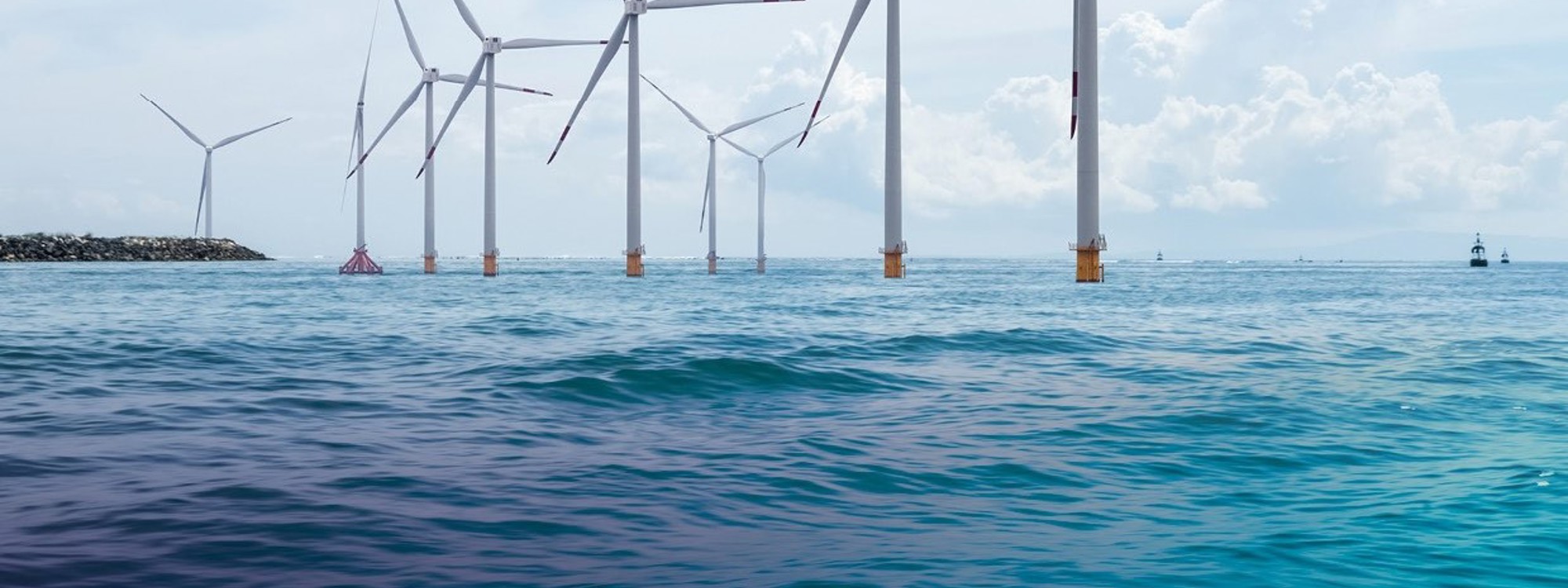
Technology collaboration secures new investment in high value design for next-generation composite offshore wind turbines
- New £4.7m 18-month phase of Joule Challenge announced
- Joule Challenge aims to incorporate radical, new composite-based components in the next generation of offshore wind turbines
- Focus is on the Technology Readiness Level (TRL) of composite towers for 20MW floating offshore wind turbines, and the route to market for this technology
- Builds on world leading research already carried out through the programme, paving the way for the design, test and build of a robust technology demonstrator in a future phase
The Joule Challenge, the UK Government-funded collaborative programme aimed at helping develop a manufacturing capability for the large components integral to the offshore wind turbines of the future, will focus on the demonstration of radical new composite‑based components in its next phase.
Funded by the Department for Energy Security and Net Zero’s £1 billion Net Zero Innovation Portfolio (NZIP), the new £4.7m 18-month phase of the programme brings together UK Government, offshore wind industry experts and the composite supply chain to drive a step-change in technology and manufacturing processes to make the turbines of the future today’s reality.
Collaboratively delivered by the Offshore Renewable Energy (ORE) Catapult and the National Composites Centre (NCC), part of the High Value Manufacturing (HVM) Catapult, the Joule Challenge explores the significant performance and lightweighting opportunities of composites, to address the technical challenge of developing the next generation floating wind turbine platforms up to 20MW.
The project has already delivered valuable learning in outlining the range of potentially significant benefits made possible by using composite materials instead of steel, which is currently the go-to material for turbine towers. These potential benefits include:
- combining a 1,500 tonne mass reduction with a cost reduction of over £1m for each tower, or around 4% compared to steel baseline designs;
- reducing the environmental impact of the tower manufacturing process.
These innovations, along with additional economic and sustainability benefits, could provide the foundations for a more sustainable offshore wind energy industry and supply chain base in the years to come. This could deliver new pathways for the UK supply chain to address domestic and international opportunities for the development of wind turbine components from transformational composite technologies, creating jobs and growing skills for a worldwide market. Further information about the achievements from Phase 2 of the Joule Challenge programme can be accessed in the latest Summary Report.
The new phase of the Joule Challenge will aim to deliver the design and manufacturing of a 12-metre composite tower, located at ORE Catapult’s state of the art testing facility in Blyth, where multiple components will be tested together. The new phase will also provide commercial fore-sighting on the potential routes to market for the composite tower for exploitation across the whole wind industry.
Minister of State for Energy Security and Net Zero Graham Stuart said: “The UK is proud to host the world's four largest operational wind farm projects, as well as an overall capacity sufficient to power 10 million homes a year. But we need to keep innovating.
“That’s why we are supporting the National Composites Centre and ORE Catapult to develop next-generation turbine components that will boost the efficiency and rollout of future offshore wind programmes.”
Phil Slack, Head of Energy at the National Composites Centre, said: “The composite turbine tower developed in Joule has the potential to revolutionise the UK wind industry. It will reduce the cost of energy and the carbon associated with wind turbines. This will enable the UK supply chain to serve turbine OEMs with a cost and mass competitive product, which in turn will create and maintain a wide range of job opportunities. This new phase in the Joule programme is instrumental in proving this technology at scale.”
Dr Stephen Wyatt, Strategy and Emerging Technology Director for ORE Catapult, said: “Joule has shown that greater use of composite materials in offshore wind may have potential to reduce costs and weight in a number of key component areas. This next phase will thoroughly explore that potential with the design and manufacture of a composite tower, which will be tested at our world leading test and demonstration facility. This could enable a major breakthrough for the UK’s composite supply chain to play key role in the future of offshore wind.”
This partnership is set to deliver transformational innovation in high value manufacture and design for next generation offshore wind turbines, further strengthening the UK as a global leader in offshore wind. The project will also support building a domestic supply chain capable of producing the volume of composite components and the associated infrastructure needed to support this growth.
